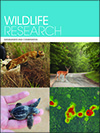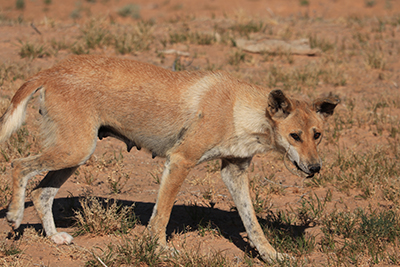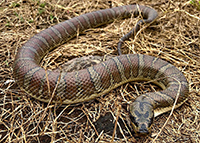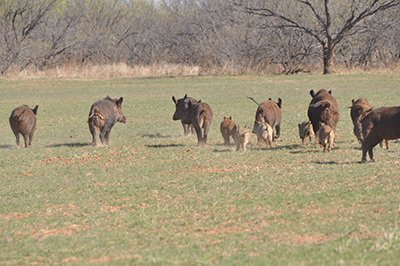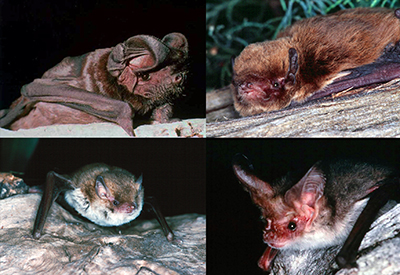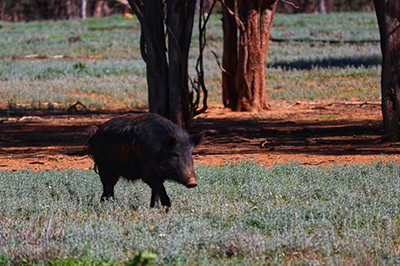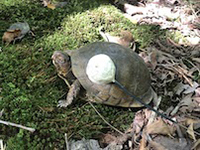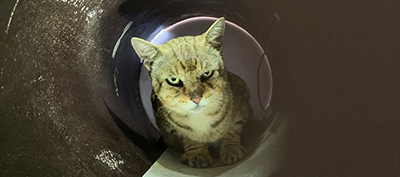Managing over-abundant dingoes in mine sites requires an understanding of their use of the landscape. Using GPS radio-tracking, we collared dingoes to assess their home-range sizes, and the relationships of home-range sizes to anthropogenic resources, with a focus on a waste-management facility. Three categories of dingo were identified, showing differing relationships to human-provided resources, all of which help develop dingo-population management strategies. Photograph by Paul Meek.
WR23083 Abstract | WR23083 Full Text | WR23083PDF (3.5 MB) | WR23083Supplementary Material (1.1 MB) Open Access Article


